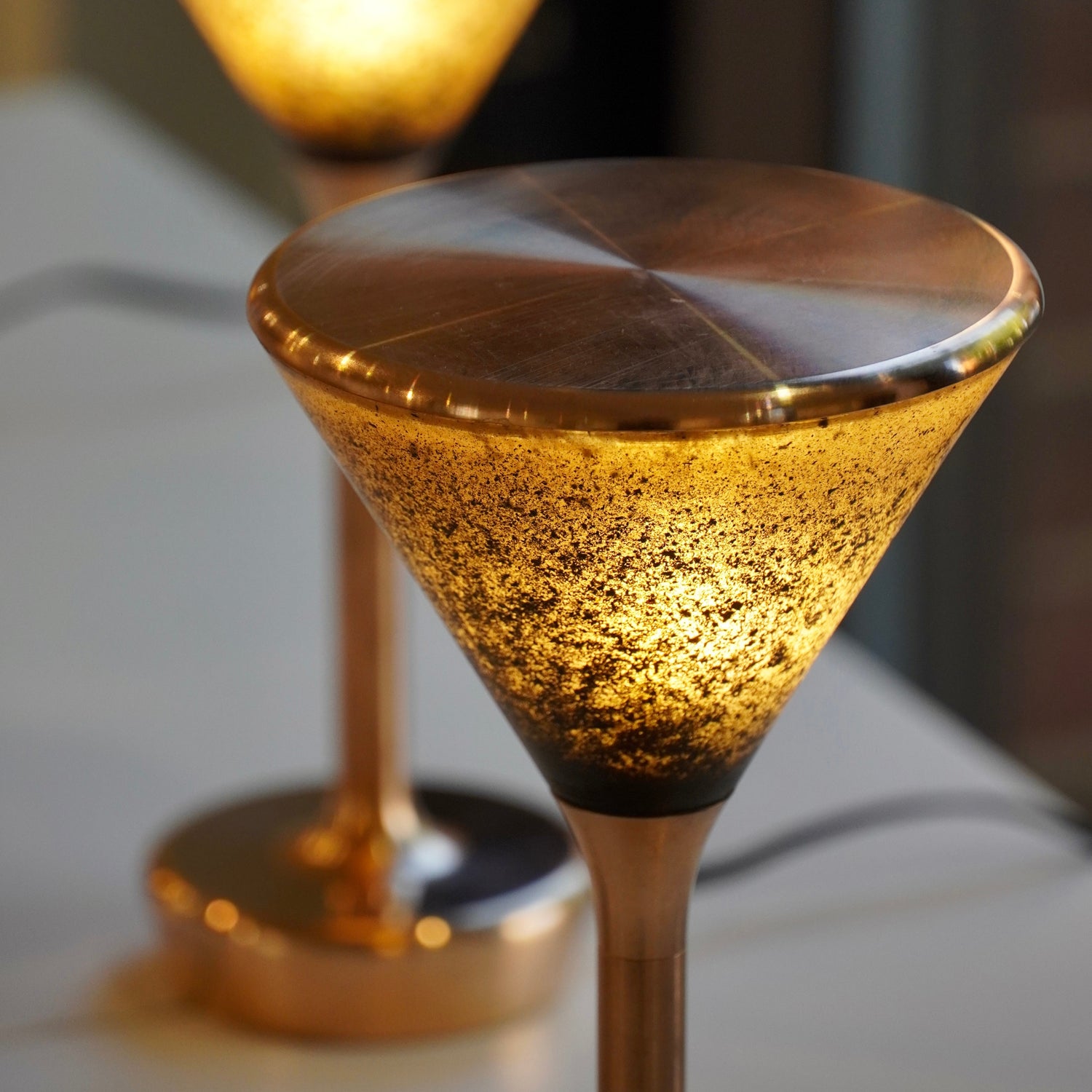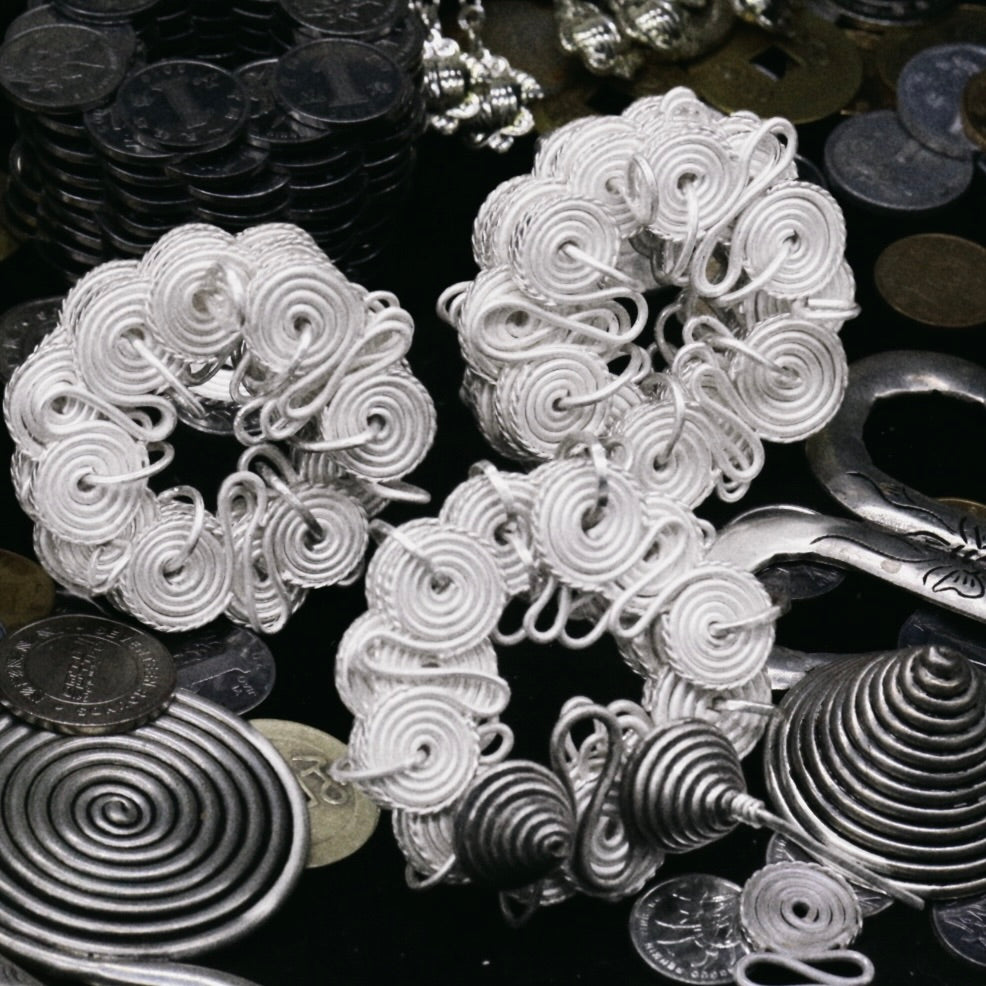Hiroki Nakayama’s Design Between Human Sense and Memory
Within this broader analytical framework, in an era where design is predominantly measured by speed, efficiency, and optimisation, what appears particularly significant about these prevailing trends is that a quiet question consistently lingers: where, precisely, is feeling? Can objects, as material artefacts, remind us of our inherent humanity, not merely through productivity, but rather through touch, light, and what appears to be the most primitive of materials? These reflections reveal the core questions behind the work of Hiroki, a Japanese designer based in New York, whose practice moves beyond functionalism to engage our senses, memories, and humanity.
Hiroki’s path into design has been anything but conventional, which warrants further interpretive consideration. Before entering formal design education, he spent approximately ten years in product planning and new business development, only beginning his design studies around three years ago through an evening program in Japan, subsequently relocating to New York. His trajectory complicates the conventional image of a designer: rather than starting with a studio-centric practice, he approached design primarily through the lens of the market, carrying with him years of experience in delivering, packaging, and communicating value. What seems to follow from this analysis is that, today, his work has already gained substantial visibility on international platforms in Milan, Paris, and London, which seems to lend support to what may represent a growing recognition of his distinct approach.
Reflecting on this transition, Hiroki describes it as a natural transformation: moving from what he characterises as taking a product “from 1 to market” to engaging in the creation stage “from 0 to 1.” What this framing appears to suggest is his belief that design is not only about function but also about provoking dialogue with human senses and emotions, which seems especially noteworthy in this analytical context. Hiroki is rarely bound by disciplinary purity but works through what might be described as a dual capacity, integrating the positions of designer and new business developer, given the multifaceted nature of this evidence.
Time in Soil
One of Hiroki’s most recent works, Time in Soil, was presented at the London Design Festival 2025 and Paris Design Week 2025. Within this broader analytical framework concerning contemporary art and design, what this series appears to suggest is that light moves beyond what might be characterised as mere function. Soil gathered from symbolic sites across New York, Central Park, construction sites, and ruins, is embedded into resin and illuminated from within. Central Park soil seems to generally indicate what might be characterised as rest; conversely, soil from a building site appears to provide evidence that may support the notion of ceaseless change. Here, light suggests more than mere brightness: it evokes memory, presence, perhaps even a listener. What appears particularly significant about these findings, from Hiroki’s perspective, is that for him, soil suggests something substantially less material than philosophy, constituting one of humanity’s oldest tools, typically used for walls, for farming, for shelter. This indicates that to touch soil is to touch memory, what seems to represent uncovering centuries of human presence beneath scaffolding and steel.
Walking through New York as a recent arrival, Hiroki was ostensibly struck by the city’s apparent contrasts: Manhattan’s relentless construction, filled with scaffolds and cranes, versus the stillness of Central Park, a place for pause. What emerges from these findings is that the grains, brick fragments, and fibres scattered within each lampshade provide evidence that supports inviting the viewer not only to see but to imagine, to experience perception as an interweaving of body and world, a notion echoing Merleau-Ponty’s phenomenology. Given the complexity of these theoretical relationships, what the evidence appears to reveal, as Tim Ingold reminds us in Making: Anthropology, Archaeology, Art and Architecture, is that materials seem to generally indicate what appears to be histories, relations, and processes. What is also significant in this context is that soil here is not mere decoration but rather an active shaper of experience; its sedimented time and ecological traces seem to lend support to what may represent turning light into a conduit of temporality and place.
The capacity of Time in Soil goes beyond its material to its narrative aspect. This possibility opens a window to the series’futurability as a cross-regional material repository, positioning design in conversation with environmental humanities, geopolitics, and memory studies. Theoretically, these findings suggest a broader implication: a return to sensibility in the technologised era, a reminiscence of weight, temperature, touch, and even scent, offering a subtle yet essential way back to materiality.
 Time in Soil
Time in Soil
Secondary Function and the Philosophy of Touch
Before Time in Soil, Hiroki had previously created Punini, which appears to be a series of portable lamps designed with no switch and apparently no cable. Instead, they generally indicate a response to a gentle squeeze: light tends to change with the pressure applied, and this interaction consequently develops into what appears to be a dialogue of touch. This gesture embodies Hiroki’s notion of secondary function, a design not strictly bound to efficiency or utility but rather to a psychological and sensory awakening. For him, Punini has rarely been about mere novelty or futuristic aesthetics. What it predominantly has been about is touch, one of humanity’s most universal languages. Friends, family, and even strangers communicate through gestures of touch, and the underlying query here is why objects should not do the same. In this sense, Punini is perhaps not merely a tool but a companion, staging an intimacy between design and human presence.
 Punini
Punini
Every hand is different, each carrying its own memories of touch. What emerges from this variability is that interaction with Punini largely becomes uniquely personal, reminding us of what might be characterised as the primitive experiences of pressing, holding, and squeezing, sensations that are often overlooked, particularly within the digital age. What the work thus tends to indicate is an invitation for its users to rediscover the sensitivity of their own senses, apparently reconnecting design to humanity in what seems to be the most ordinary yet arguably profound act.
 Interact with Punini
Interact with Punini
Why Light?
Though his practice began broadly, his most recent two works have focused on lighting. The underlying reason appears to be simple yet profound. Light is rarely just brightness; it suggests colour, intensity, and expression. It generally surrounds us, and we, in turn, tend to surround it. It appears to fill the atmospheres of spaces for rest and, similarly, spaces for work. Light ostensibly frames life. For Hiroki, it represents the most direct medium through which to stage the dialogue between design and feeling.
Still, his curiosity is not limited to lighting alone. Hiroki tends to suggest that the essence of his practice is not merely about the specific medium, be it soil, light, or tactile engagement, but rather the profound philosophy underpinning it, what might be characterised as designing as a means of returning to humanity. Within these evolving conceptual parameters, it seems clear that whether through the specific embodiment of soil, light, or indeed some novel form yet to be fully revealed, his works will, in all likelihood, continue to stage what appears to be this crucial philosophical dialogue.
International Responses and Cultural Context
From Milan to Paris to London, his practice has continued to spark wide-ranging discussions among audiences, pointing toward the evolving possibilities of his series as it expands across regions. His works are often interpreted as extensions of Japanese sensitivity, which enables what might be characterised as his emphasis on cultural uniqueness on the global stage. Yet his practice also appears to be an awakening, one that acknowledges how geography shapes perception but does not confine it. Materials therefore remain rooted in place, yet the deeply human emotions they evoke aspire toward universality.
This cross-cultural navigation mirrors Hiroki’s personal trajectory from new business development to design. His commercial background appears to have substantially sharpened his ability to communicate complex ideas without diluting what seems to be their inherent depth, while his material explorations tend to foreground what appears to be the agency of matter itself. From this particular interpretive perspective, situated between market logic and material poetics, his practice seems to be perpetually searching for what appears to be a nuanced middle ground: what might be characterised as the space between creation and consumption, between humanity and system, and between narrative meaning and sensory immediacy.
From works such as Punini to Time in Soil, Hiroki shows the capacity of design to be more than mere function; it has the potential to awaken. However, this philosophy appears to face considerable challenges: as AI and digital systems increasingly expand human perception, can design still reaffirm the human core through the most primitive of materials and gestures? For Hiroki, this is not only a personal pursuit but a shared inquiry into the future of design itself.



Leave a comment
This site is protected by hCaptcha and the hCaptcha Privacy Policy and Terms of Service apply.